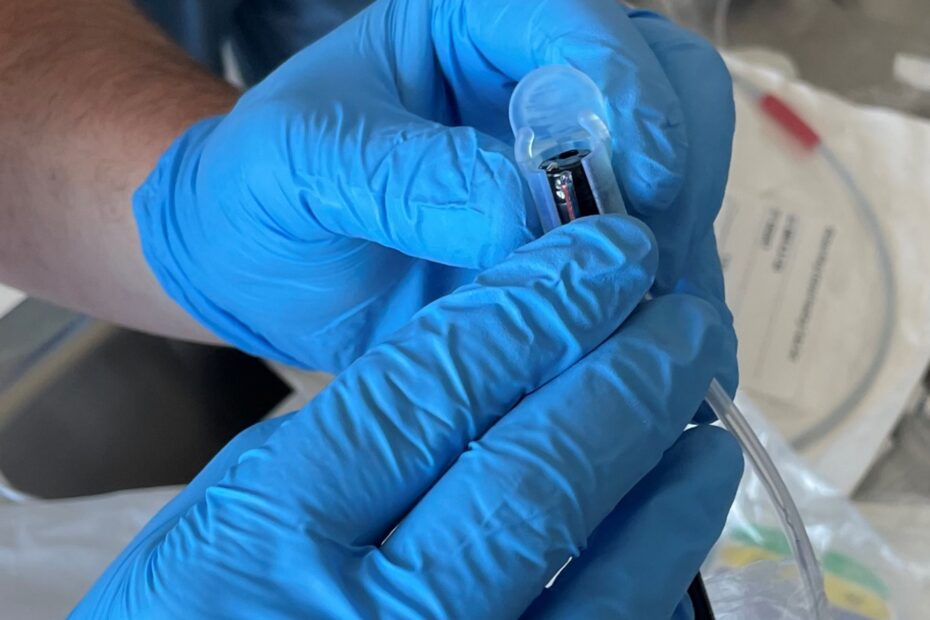An abstract reporting the latest developments on the innovative Myka Labs navigation system for use in repairing neonatal esophageal atresia has been accepted for an oral presentation at the upcoming annual meeting of the International Pediatric Endosurgery Group/European Society of Pediatric Endosurgery (IPEG/ESPES), the company announced today.
Esophageal atresia is a congenital malformation where babies are born not with a continuous esophagus running from the mouth to the stomach, but instead with two noncommunicating esophageal pouches, an upper pouch and a lower pouch. In order for the child to take in nutrition orally, a connection (or anastomosis) must be created between the two pouches. Around one in every 3,000 babies is born with the condition.
While esophageal atresia repair is usually carried out by hand-sewing an anastomosis in a major surgery, new types of device systems developed by pioneering UCSF pediatric and fetal surgeon Dr. Michael Harrison and others have begun to show extraordinary promise for allowing esophageal atresia repair to instead be carried out in endoscopic procedures. These new device systems include clip-like components that are placed in the upper and lower pouches. Endoscopic access to the upper pouch is through the mouth; endoscopic access to the lower pouch is through an existing opening into the stomach through which the infant receives enteral nutrition.
Completing the repair entails maneuvering the scope tips to bring the clips together–a process that can be extremely challenging, even for the most experienced and capable pediatric surgeons and care teams.
The Myka Labs esophageal atresia repair navigation system combines ultraminiature sensors and advanced computer vision algorithms to provide the pediatric surgery team carrying out a repair with real-time three-dimensional scope tip position and orientation information. The scope tip position and orientation information is output to a display connected to the Myka Labs processor module. The virtual environment can be rolled, pinched and zoomed to provide optimal viewing angles for manipulating the scopes to bring the clip components together.
Built on this same sensor array technological platform but with additional functionality for real-time analysis of sensor array information in combination with the information from miniature scope-tip-mounted ultrasound transducers, an interventional catheter system for endoscopically bypassing malignant gastric outlet obstruction is also in late-stage development by Myka Labs. This endoscopic gastrojejunostomy system was first described by Myka’s Dr. Craig Munroe at the AGA Innovation Forum. The Myka Labs product pipeline includes interventional catheter systems with advanced navigation technology for a variety of high-clinical-impact “rendezvous” tract indications in the GI tract, lung, heart and other organ systems.
The IPEG/ESPES meeting will take place in Sorrento, Italy between July 5 and July 9, 2023.
